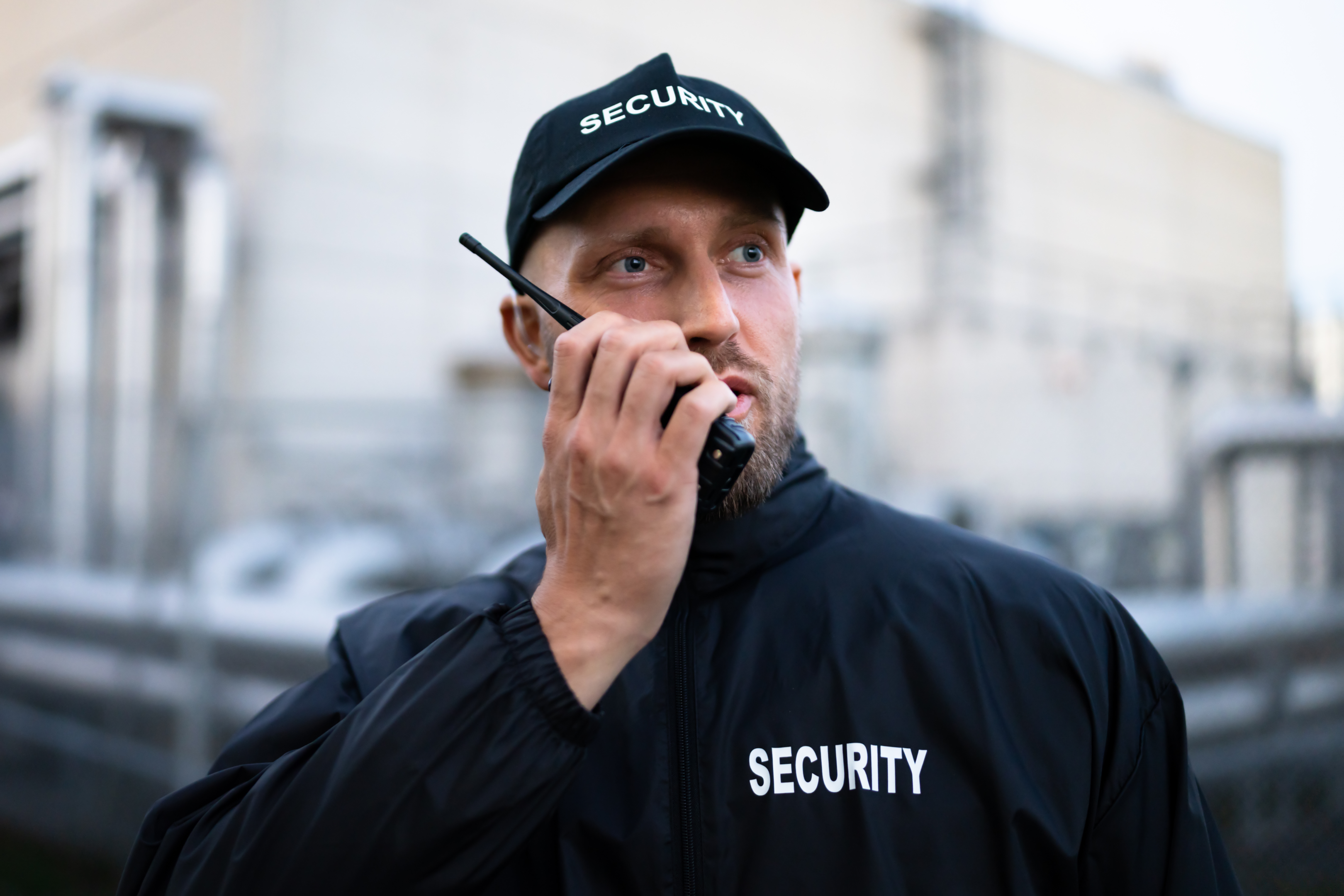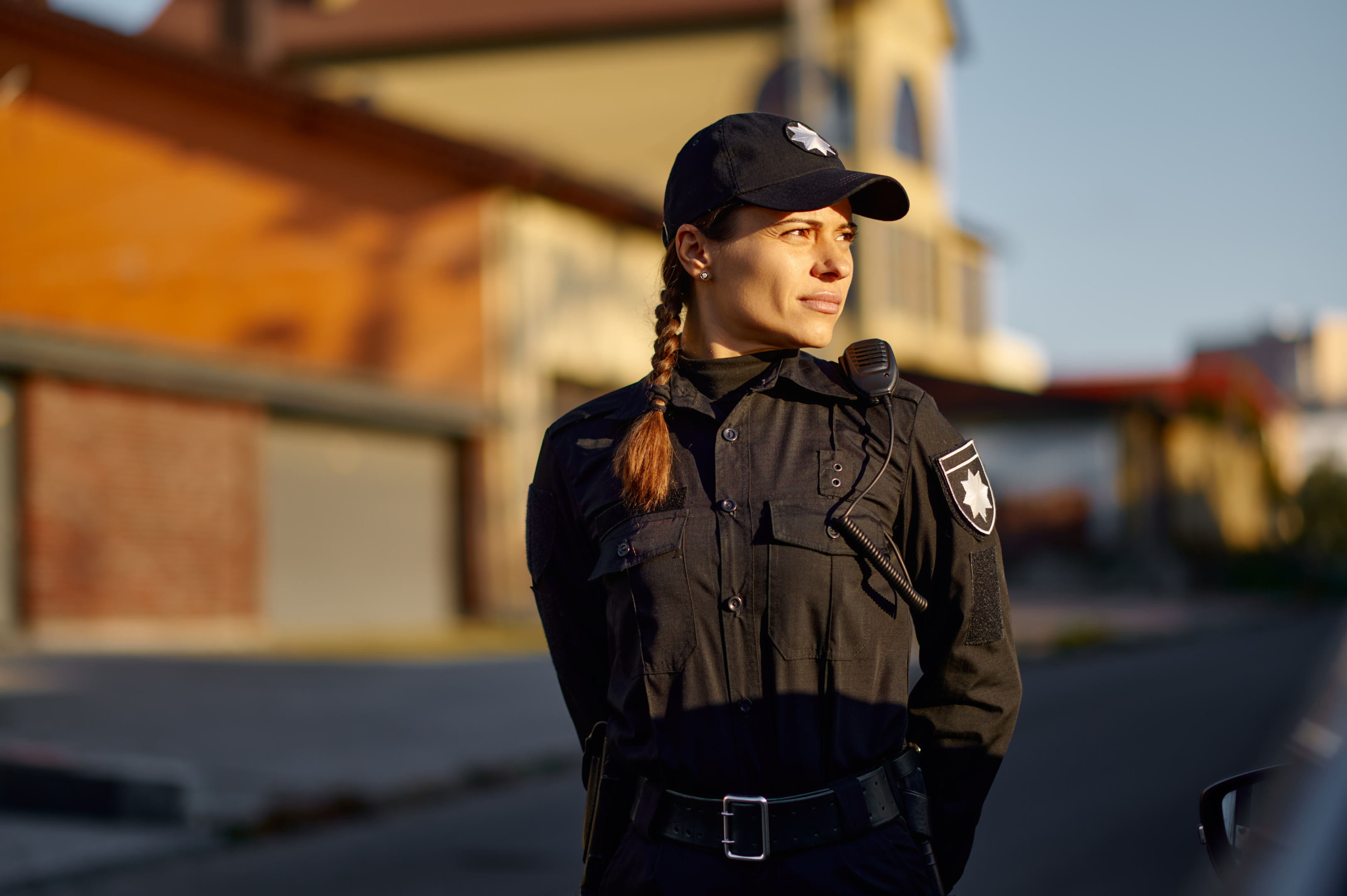In the intricate world of security, professional appearance is just as critical as the skills and training it takes to ensure protection and order. From standing sentry at a corporate headquarters to monitoring suspicions in a retail plaza, the uniform worn by security personnel commands respect offers practicality and often is the first line of defence. This detailed guide to the anatomy of a modern security uniform is crafted for those who ensure our safety every day.

The Evolution of Security Uniforms
It's fascinating to trace the history of security uniforms and see how they have evolved to mirror society's view of security personnel. Initially, guards were dressed with the intention to strike fear into potential threats, with attire often mirroring that of the military. Over time, particularly in the latter part of the 20th century, security uniforms grew to take on a more approachable appearance, emphasizing the role of security as much more than just a deterrent.
From wool and cotton to blends containing synthetic fibres, the change in materials brought significant benefits. We saw improved durability to withstand the rigours of a security professional's daily routine, better resistance against the elements, and increased breathability to ensure comfort during long shifts. The shift in appearance not only provided better functionality but also led to an enhancement in the overall image of security, making guards more accessible and community-oriented.
Components of a Modern Security Uniform
The strength of a security uniform lies in its details and the synergy between its components. Breaking down these details is crucial to understanding how modern uniforms are much more than just clothes; they are tools of the trade. The shirt is often the most visible and, therefore, an essential element, with features such as shoulder straps for rank identification and pockets for easy storage of essentials.
Tactical trousers have become a staple, offering a multitude of pockets for the diverse array of tools a guard carries. They are designed for functionality, often including features like reinforced knees, which protect against wear from kneeling and provide a stable platform for deploying tactical equipment.
Accessories like the badge, belt, and tie complete the look and security functionality. The badge carries the institution's emblem, communicating authority, and identity. The uniform belt is more than a sartorial necessity; it supports the weight of equipment such as communication devices and batons. Ties, while arguably the most optional of these components, add a touch of formality and are often used in corporate security settings to display professionalism.
Tailoring Uniforms to Specific Security Needs
Security uniforms are not one-size-fits-all, and this is especially apparent when considering the diversity of roles within the security sector. In fields where mobility and combat readiness are essential, the uniform might consist of cargo pants and tactical vests. In contrast, a corporate security guard might opt for a more business-casual approach, leaning towards a blend of formality and function.
The climate also plays a significant role in uniform design. From layered systems that can be adjusted for temperature changes to uniforms designed for extreme cold or heat, a proper uniform must protect the security professional from the elements. Beyond climate, the specific requirements of the job determine the level of durability, camouflage, and even covert operations that might be needed, all reflected in the customised uniform.
The Impact of Technology on Security Wear
In the modern era, technology has found its way into the very fabric of security uniforms. Body cameras are increasingly part of a standard issue, providing a crucial layer of accountability and evidence gathering. Such technology requires a space of its own — a pouch on the uniform, its wiring hidden within the garment, ensuring seamless integration without compromising security or functionality.
Communication devices, such as earpieces for discreet operation and two-way radios for instant contact, are other integral components. The design and placement of these technological aids within the uniform keep the security officer connected to their team and support.
Professional Appearance and Choosing the Right Workwear
Understanding the role of professional appearance in carrying out duties effectively is crucial in the field of modern security. Daily wear ranging from jackets to full uniforms must meet the rigorous demands of security work. Categories of security workwear vary, often segmented by price, functionality, and specific job requirements. When searching for the right workwear, it's essential to consider the collection in stock and choose garments that not only align with the practical needs of the field but also uphold the professional image expected in the security industry.
Best Practices for Choosing and Maintaining Security Uniforms
For security professionals and organisations, selecting the right uniform means considering a multitude of factors, from the needs of the job to individual preferences. Doing so ensures that the uniform not only looks professional but also aligns with the necessary duties.
Maintenance is an often overlooked, but vital aspect in the life of a uniform. Regular inspection and cleaning not only preserve the uniform's appearance but also the materials from which it is made. Investing in durable, high-quality pieces can extend the life of the uniform, reducing the frequency of replacements.

Conclusion
The security uniform is much more than the garments security professionals don each day. It's a statement of professionalism, a practical toolset, and a vital component in ensuring the safety and order of the environments in which they serve. By understanding and appreciating the nuances of modern security uniform design, we honour the role they play in our lives and continue to recognise the dedication of those who wear them.
For security professionals and organisations, engaging with the considerations laid out in this guide is a step towards a more robust and informed approach to uniform selection. With shared knowledge and collaboration on uniform best practices, the security sector can continue to innovate and bolster its professional standards.
